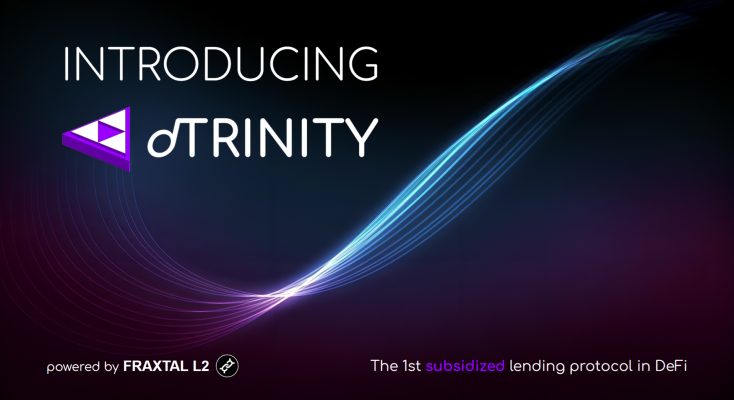In the world of cryptocurrencies, Initial Coin Offerings (ICOs) serve as one of the best crowdfunding methods for start-ups.
But that might no longer be the case.
In January 2019, BitTorrent launched a token sale on Binance’s IEO platform – Binance Launchpad. They raised $7.2 million, hitting the hard cap in less than 15 minutes.
And that’s not even the record.
Fetch.AI is another project successfully hitting its hard cap through an IEO on Binance Launchpad. And it did that in 22 seconds.
With the success of Binance’s platform, other exchanges followed and released their own IEO platforms. Some of the most notable are:
But what exactly are IEOs? And how are they different from ICOs?
Initial Exchange Offerings Explained
An Initial Exchange Offering (IEO) is a token sale organized with the help of an exchange platform. The crypto exchange manages all the operations on behalf of the start-up. In return, the start-up pays a listing fee and gives a percentage of the tokens sold to the exchange.
This strategy is beneficial to both exchanges and start-ups for several reasons.
Trustworthiness
ICOs are notorious for their fraudulent nature. For instance, a study conducted by Bloomberg showed that 78% of the ICOs launched only in 2017 were identified as scams.
But with IEOs, the crowd sale is connected to renowned crypto exchange platforms that need to protect their reputation. The IEOs are screened and inspected before publication, making it significantly harder for scam users.
Perhaps the best example of such a scenario is the RAID IEO.
In March 2019, RAID was preparing to launch its IEO through Bittrex. But OP.GG terminated their strategic partnership with RAID a few hours before the crowd sale should have started.
Since Bittrex considered that this would affect the success of the IEO, they decided to cancel it, thus eliminating the potential issues that might arise during the campaign.
Earning users’ trust is one of the main problems businesses face, especially in the crypto industry. IEOs eliminate this issue from the get-go, providing credibility for projects and peace of mind for users.
Security
Since the crypto exchange is the one that manages the crowd sale, the KYC (Know Your Customer) and AML (Anti-Money Laundering) processes are also handled by them.
Instead of sending smart contracts to the project’s developers, the project contributors have to sign up on the exchange’s website. This increases the exchange’s user base and provides loyal customers while offering increased user security.
Advertising
With the crypto exchange owning a percentage of the tokens, managing most aspects of the marketing campaign does make sense. The marketing investment a project should make is reduced significantly since the exchange funds the advertising campaign.
This can also increase the project’s chances of success, with the exchange being more experienced in advertising IEOs. This ultimately serves as a vote of confidence for the IEO, making users more likely to trust and support the project.
Listing
Once the IEO is over, listing the crypto coin on the exchange platform is a more than natural process. This spares a lot of additional work for the project developers, making the whole process more efficient.
However, all these benefits come at a cost.
While the project’s developers won’t have to worry about investing in marketing or working extra to launch and promote their token sale, working with a crypto exchange isn’t cheap.
The listing price can go as high as 20 BTC, and the exchanges could take 10% of the project’s tokens as a commission.
Main Differences between IEOs and ICOs
As you can see, there are several differences between IEOs and ICOs.
While both have the goal of raising funds for crypto projects, their approach is very different.
The platform where tokens are sold, the marketing campaign of the project, and the listing procedures are just some of the differences between the two.
How to Participate in an IEO
Participating in an IEO is relatively simple. The process only takes a few minutes – if you know what project you want to support. But even if you don’t, deciding on it isn’t that difficult.
Here’s how to get started:
- Check crypto exchange websites for lists of ongoing IEOs;
- Sign up on the exchange and complete the KYC and AML verification procedures;
- Do your research about the IEO. One of the most important resources to check should be the project’s whitepaper;
- Fund your account with the cryptocurrencies accepted by the project;
- Buy the tokens.
Are IEOs as Successful as ICOs?
Initial Coin Offerings had an explosion of popularity in 2017 and 2018. But putting the finger on how much funds they raised isn’t exactly easy. And it depends on who you will ask.
According to Cointelegraph, ICOs raised a little over $10 billion in 2017 and $11.4 billion in 2018.
ICOdata, on the other hand, shows that in 2017, ICOs raised $5.7 billion, while in 2018, they raised $13.5 billion.
As you can see, coming up with an exact amount is almost impossible due to the high number of fraudulent projects. However, it is fair to say that ICOs have raised tremendous amounts of money.
And even if ICOs may have had their peak in 2017 and 2018, such projects still managed to raise almost $1.4 billion in 2021.
With $1.4 billion raised in 2019 only, IEO’s have seen a surprising success, for sure. Binance is the leading IEO platform, with a current ROI of 20.17x. Furthermore, according to CoinMarketCap, 12 out of 16 IEO launchpads available have generated positive ROIs for the IEOs that have been launched until the moment of writing.
In Conclusion
IEOs are a great crowdfunding method and has raised tremendous amounts of money, along with other fundraising methods, such as ICOs or IDOs.
While ICOs had their peak in 2017 and 2018, IEOs have become popular once Binance launched the BitTorrent IEO, in January 2019. The IEO managed to raise $7.2 million and hit the project’s hard cap in less than 15 minutes.
While the two crowdfunding methods have some key differences, both ICOs and IEOs are great ways of raising funds. However, developers should research their options before, as each method implies various investments and suits specific types of projects.


